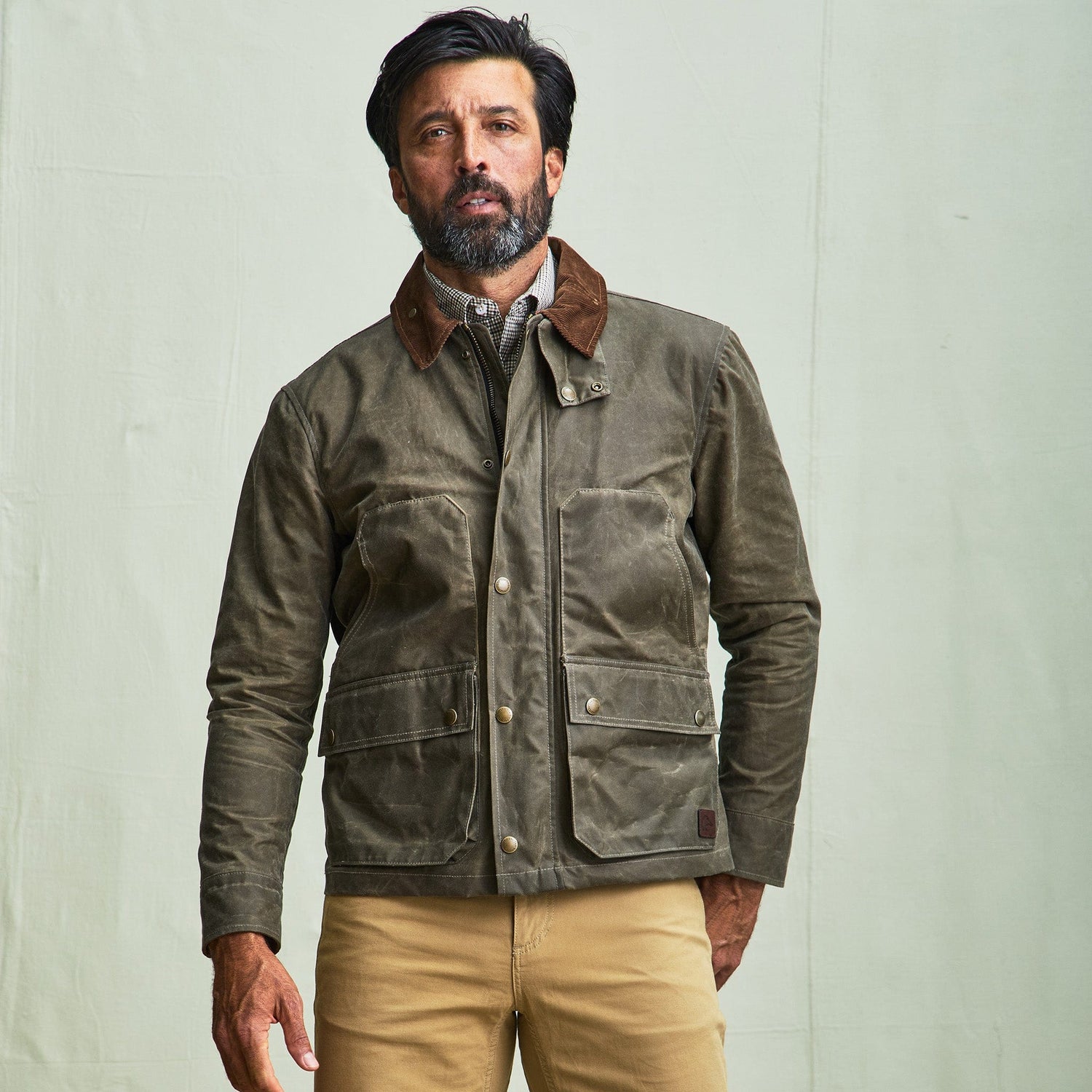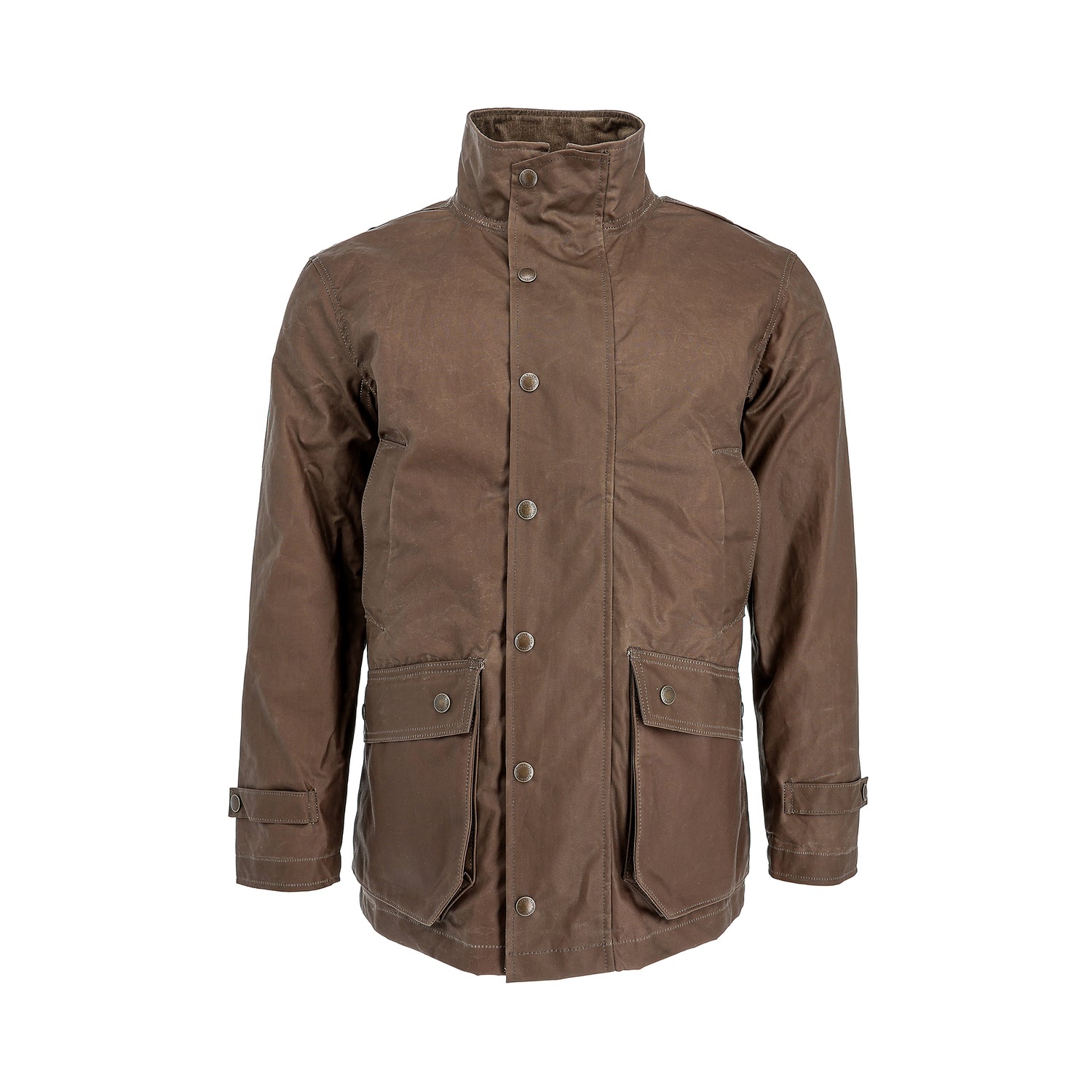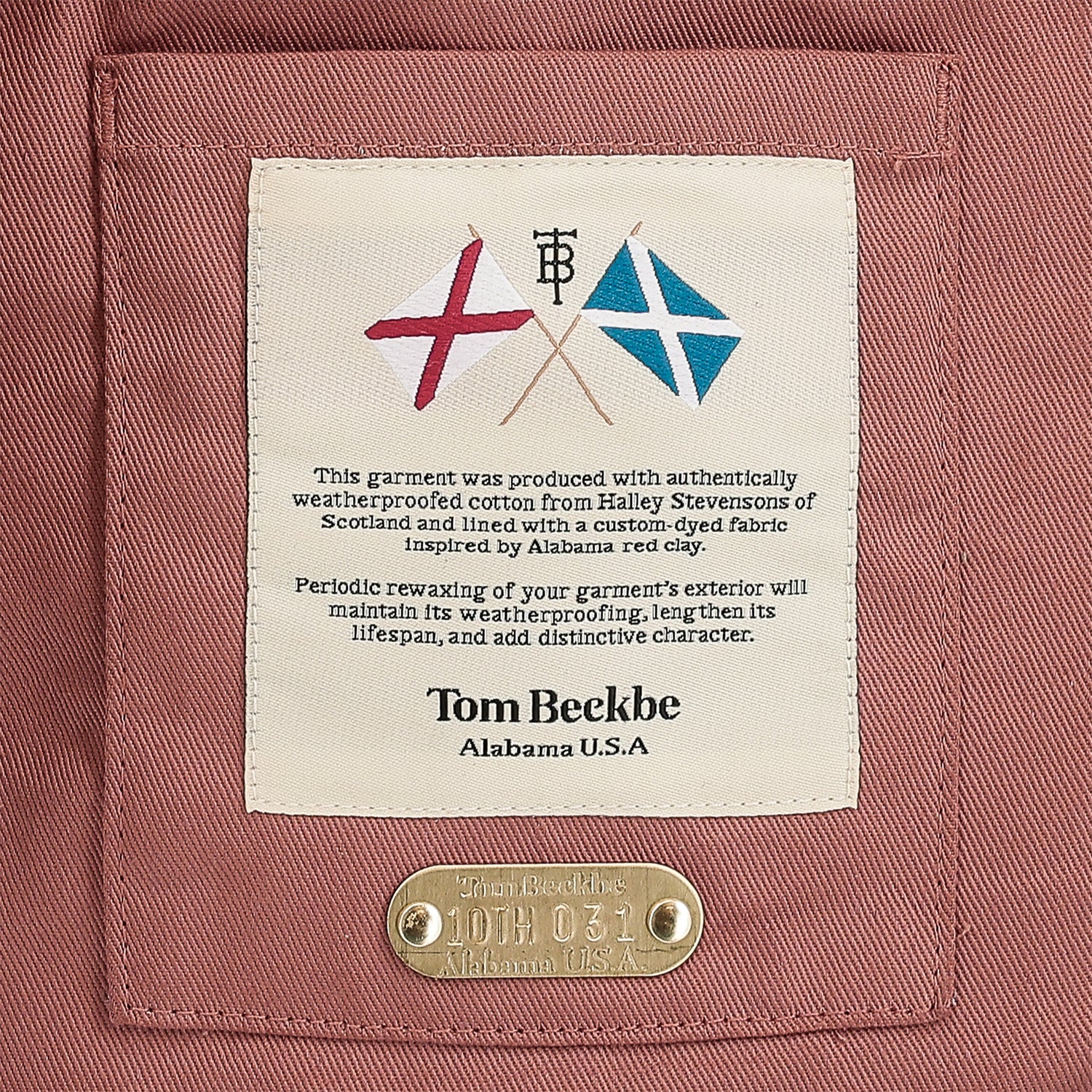The air is warm and dry, yet the vegetation remains lush from winter and spring rains. The rich alluvial soils along the river with a Kalapuyan name grow cottonwoods, Red alder, Western Red cedar, and thickets of tall bushes with a bright orange, raspberry-shaped berry reminiscent of the flesh of salmon native to the Pacific Northwest.
They’re called “salmonberries.” Go figure.
The berries make for great snacks while sneaking up to pools inhabited by native coastal cutthroat trout and stocked rainbows. I pick my way through the underbrush, being careful to protect the tip of my four-weight bamboo rod – a gift from my wife who had it restored after being left in her grandfather’s shed – eating semi-tart, plump berries as I go.
I haven’t fished this river in years. I left my hometown in the central Willamette Valley of Oregon, following a young woman who – for reasons I still cannot comprehend – agreed to be my wife. But my memories of this river and many others continue to run strong in my mind. Luckiamute, Santiam, Willamette, and McKenzie – waters where I learned to fish, found solace during tough years, and built deep friendships.
I reach the edge of the salmonberry thicket, and peer down into the gin-clear waters. Across the small river no more than fifteen yards wide and just behind a boulder, my brain sees something in contrast against the brown, red, and green river rocks: the undulating, dark shape of a coastal cutthroat.
Crouching, I slip downstream and strip out a short length of floating line. I extend the rod out over the river to keep it away from the overhanging branches. I let the beadhead prince touch the water, and then, utilizing a roll cast, snap forward to shoot the line and fly out to land just upstream of the target. I mend, then retrieve floating line in slow, long pulls even with the current so as to not twitch the fly on the drift. The fly reaches the spot…and then, nothing. I try again, this time with the fly a little further upstream so it can sink a touch more. Again, nothing. I try a third time, and this time I get a response, though not the one I had hoped for. The small, dark shape darts to its right, then upstream, disappearing into another riffle.
Clearly, my casting is poor, the prince nymph doesn’t match the hatch, I am too close to the fish, or I am unlucky. Perhaps a combination of some of them; perhaps all of them at once. At least I knocked the rust off, and there’s plenty more water to fish.
My mind meanders as I wander along the banks. I think of my mother who died far too young, and of how fortunate I am for my own health; of former bosses who attempted to derail my career; and of the many friends and colleagues who provided me with opportunities and helped me grow. I think of the challenges of parenthood, greatly outweighed by the benefits of being a father in partnership with my amazing wife.
Sadness, anger, and frustration, balanced with joy, pleasure, and contentment. One can see how fishing is akin to life, and life to fishing.
I make my way to the next riffle and try a pheasant tail. I work my way upstream, covering different pockets of water, searching for the one cutthroat ready to attack. I’m like a metronome, finding perfect rhythm with each cast, just as Norman Maclean’s father taught him in “A River Runs Through It.” I am confident with my decades of fly fishing knowledge and experience that I can figure this fish out, just as Norman did.
Working a third of the way up the riffle, I spot a dark shape beneath the surface dart up toward the fly and back to the safety of its rock. Rejection. I tie on a hare’s ear wrapped with copper wire, presenting it three times to the same spot without producing a strike.
After a dozen more attempts, I move on. I keep trying different spots over nearly a mile of riverbank. I swing, drift, and strip nearly every fly in my box – dry and wet – to no avail. Clearly, they’re all contented with whatever is in the river and not on the end of my fly line.
I make my way back to the truck, enjoying a few salmonberries as I go. Just before I reach the parking lot, I come across a thirteen-year-old boy and his little brother. They’re laughing, running the bank, and throwing rocks in the river. I consider reminding them that some of us are trying to fish – when I see the stringer of planted rainbows tied to a tree along the shore.
Diverting from the trail, I approach and say “Hello! Looks like you guys had a productive day. What were they biting on?”
“Pautzke’s,” the younger boy exclaimed proudly.
I chuckle, and congratulate them as I turn back to the trail. I grin thinking about fishing the river with my little brother decades ago, the simplicity of life, and the joy found in a successful day on the water. We always seemed to do well, and it was Pautzke’s Balls ‘o Fire that produced.
I laugh at myself thinking about the expensive gear – the bamboo rod, the English reel with the classic, clicking drag, expensive waders, wood-handled landing net – but no fish to show for it. And these two boys caught their limit on preserved salmon eggs found on the shelves of every sporting goods and general store in the area.
I get back to the truck and stow my gear. Sitting in the driver’s seat, I laugh. Pautzke’s. Grinning, I shake my head and turn the key.
About the Author
Jordan grew up in Oregon's Willamette Valley fishing for coastal cutthroat and hunting Roosevelt elk and Black-tailed deer. Drawing on his passion for the outdoors, he created a career in conservation leading a local land trust's real estate efforts as well as championing conservation funding in the halls of the Washington State Capitol. He can be found hunting, fishing, gathering, and otherwise enjoying the outdoors with his family and friends from the high desert sagebrush to the blue-green waters of the Pacific Ocean.
























